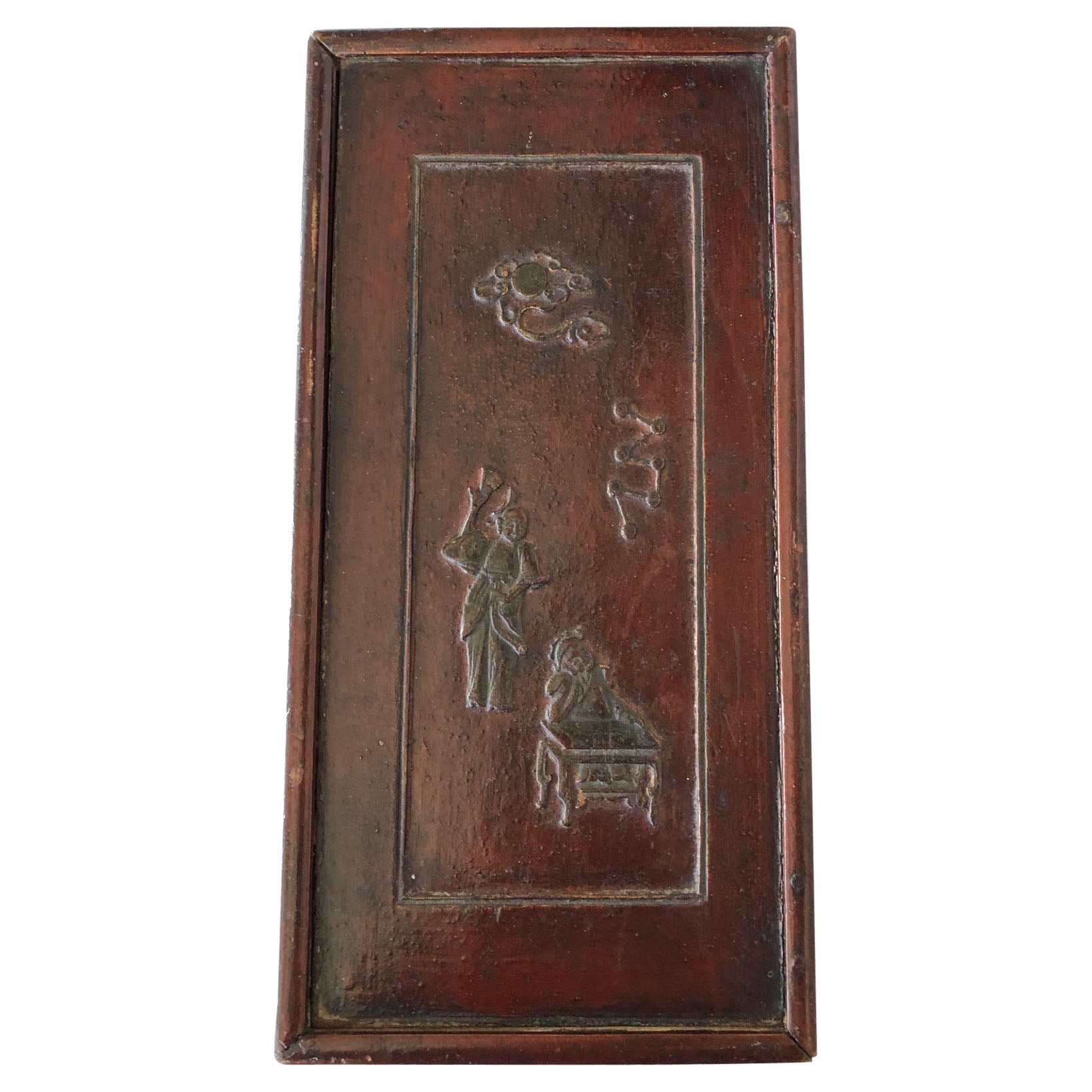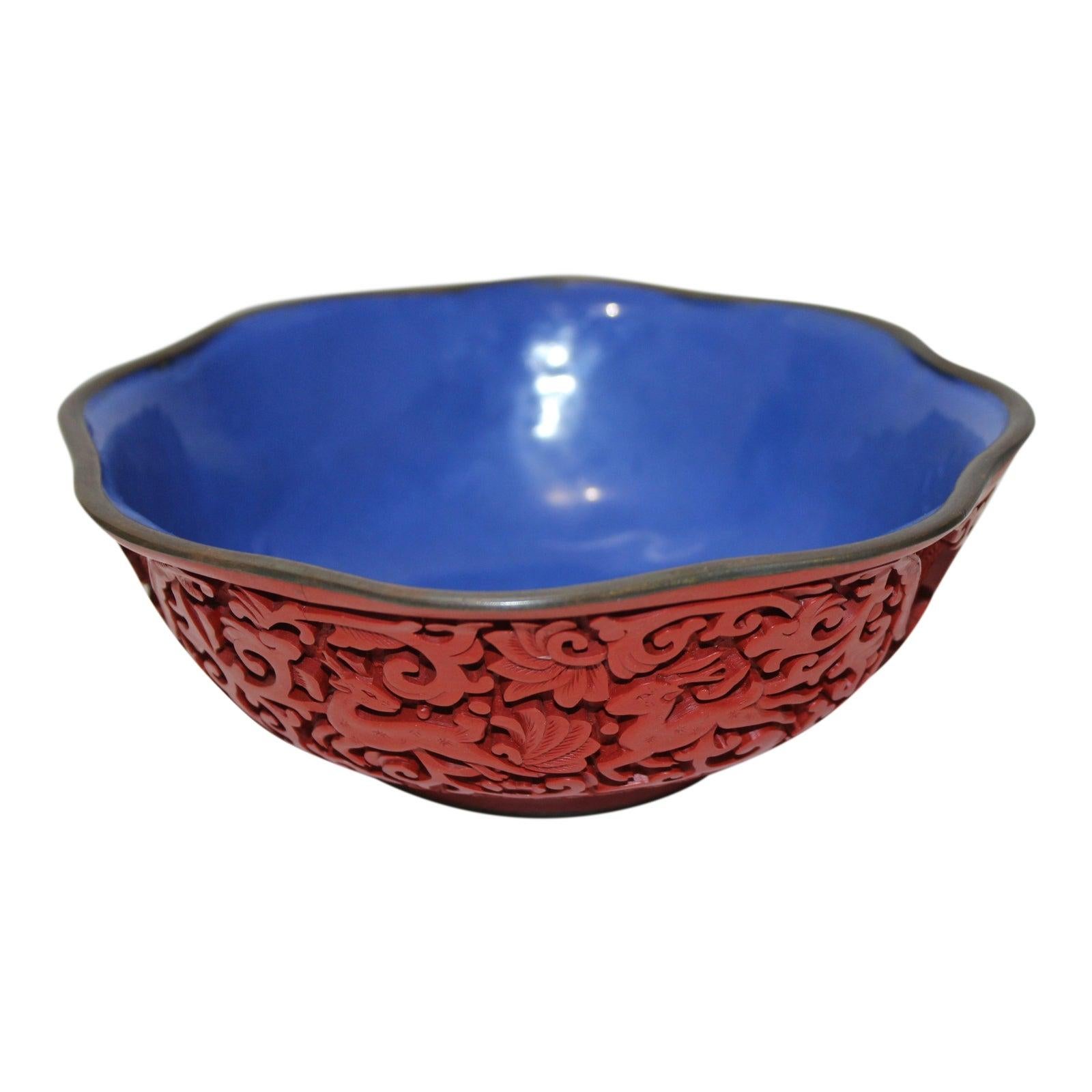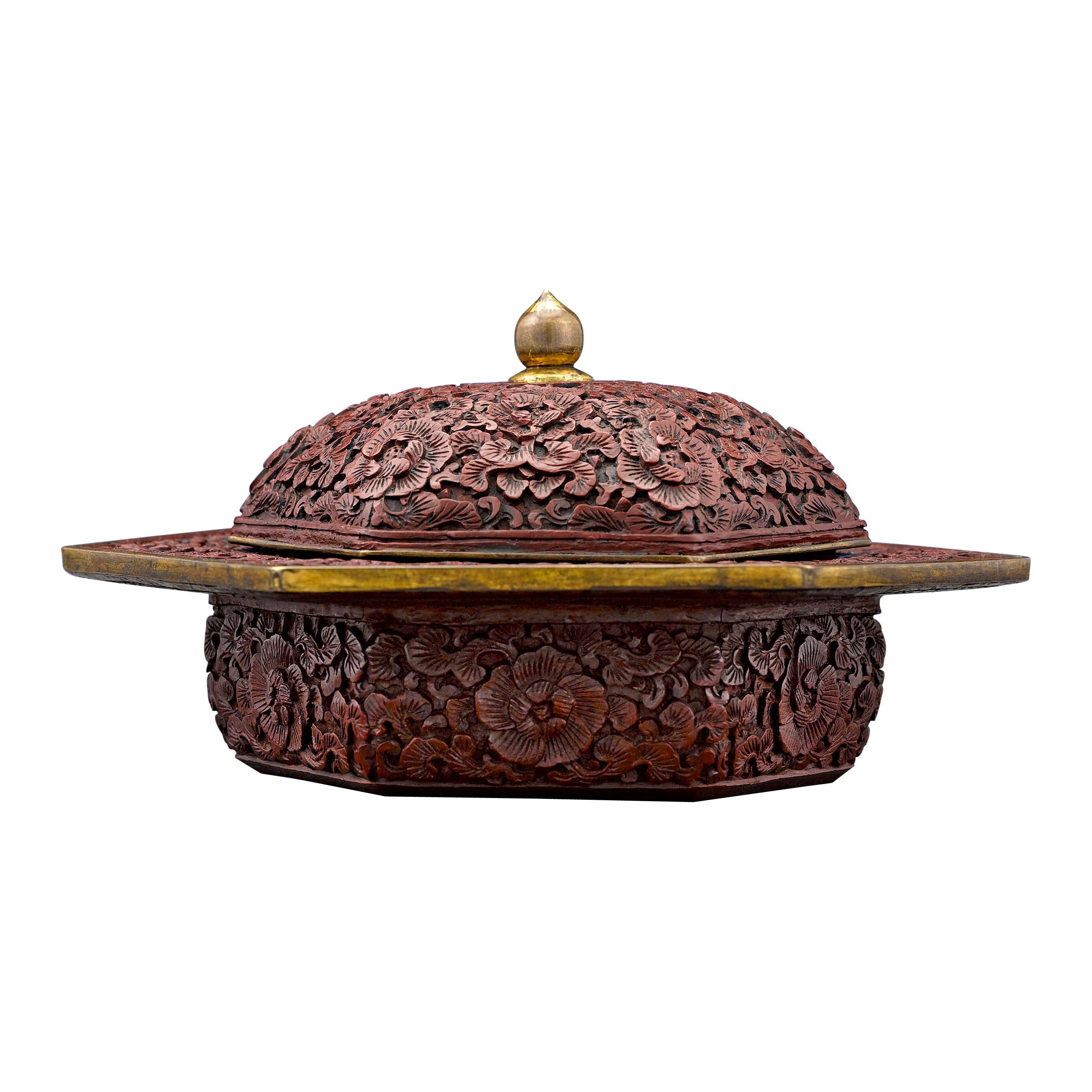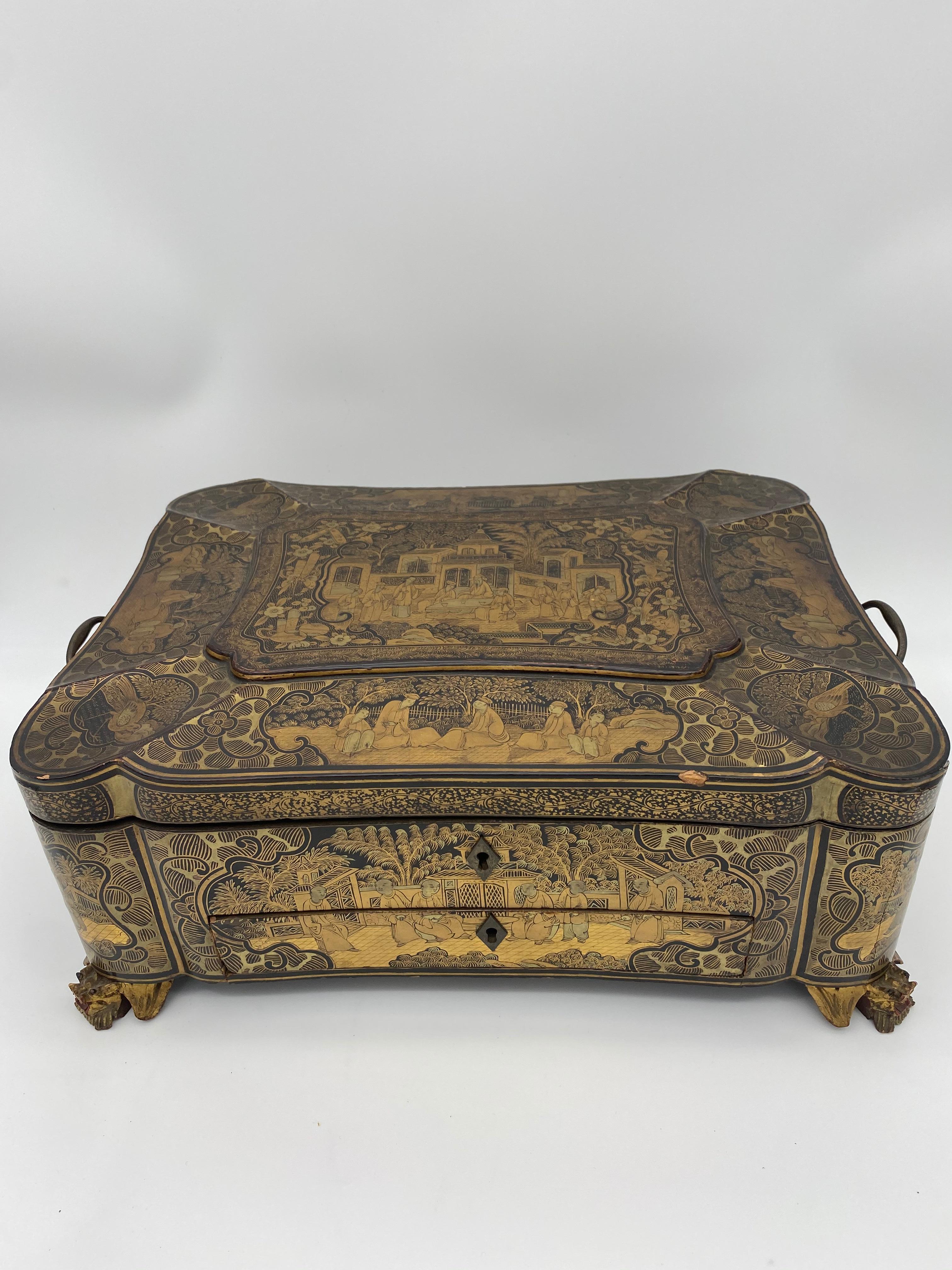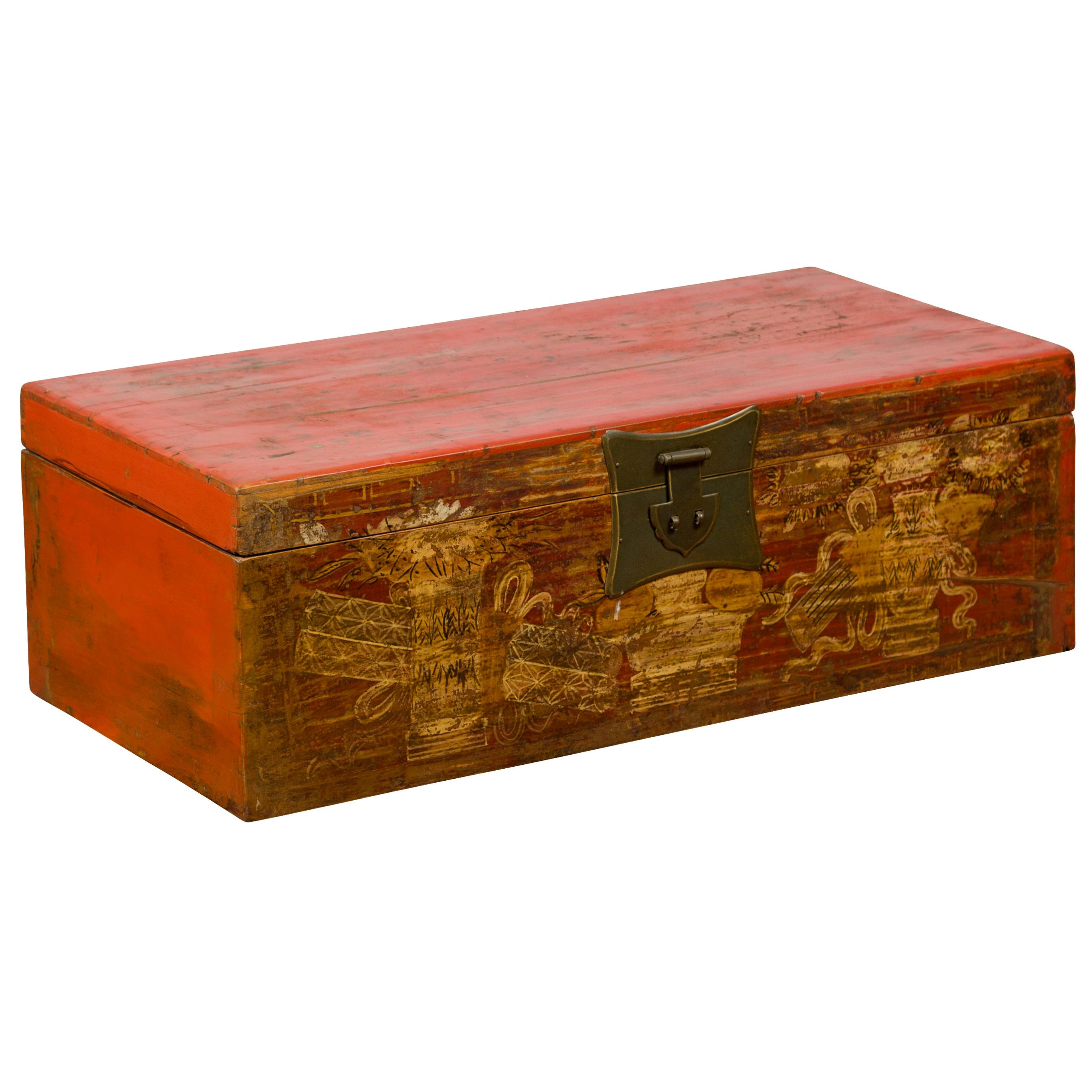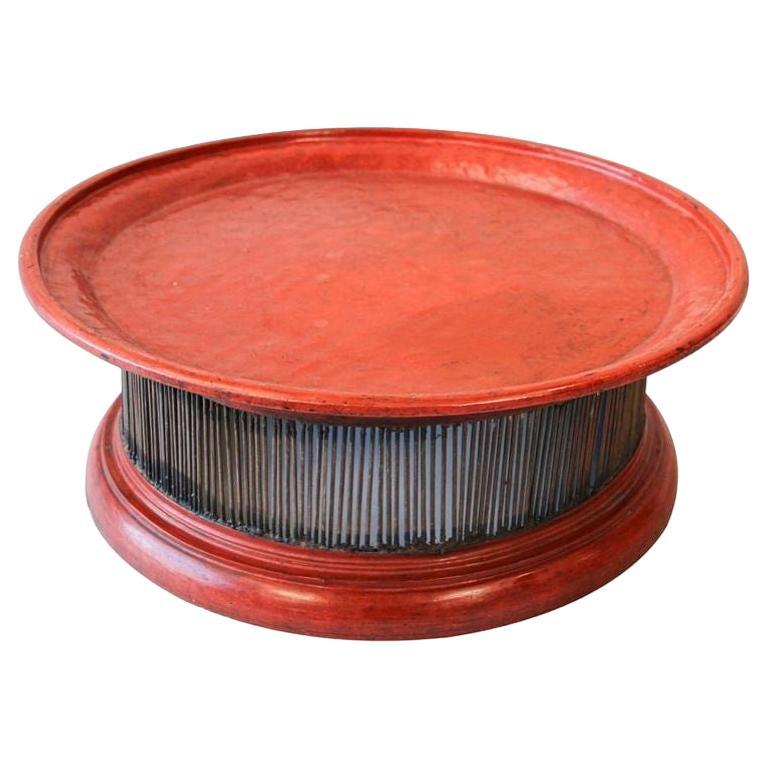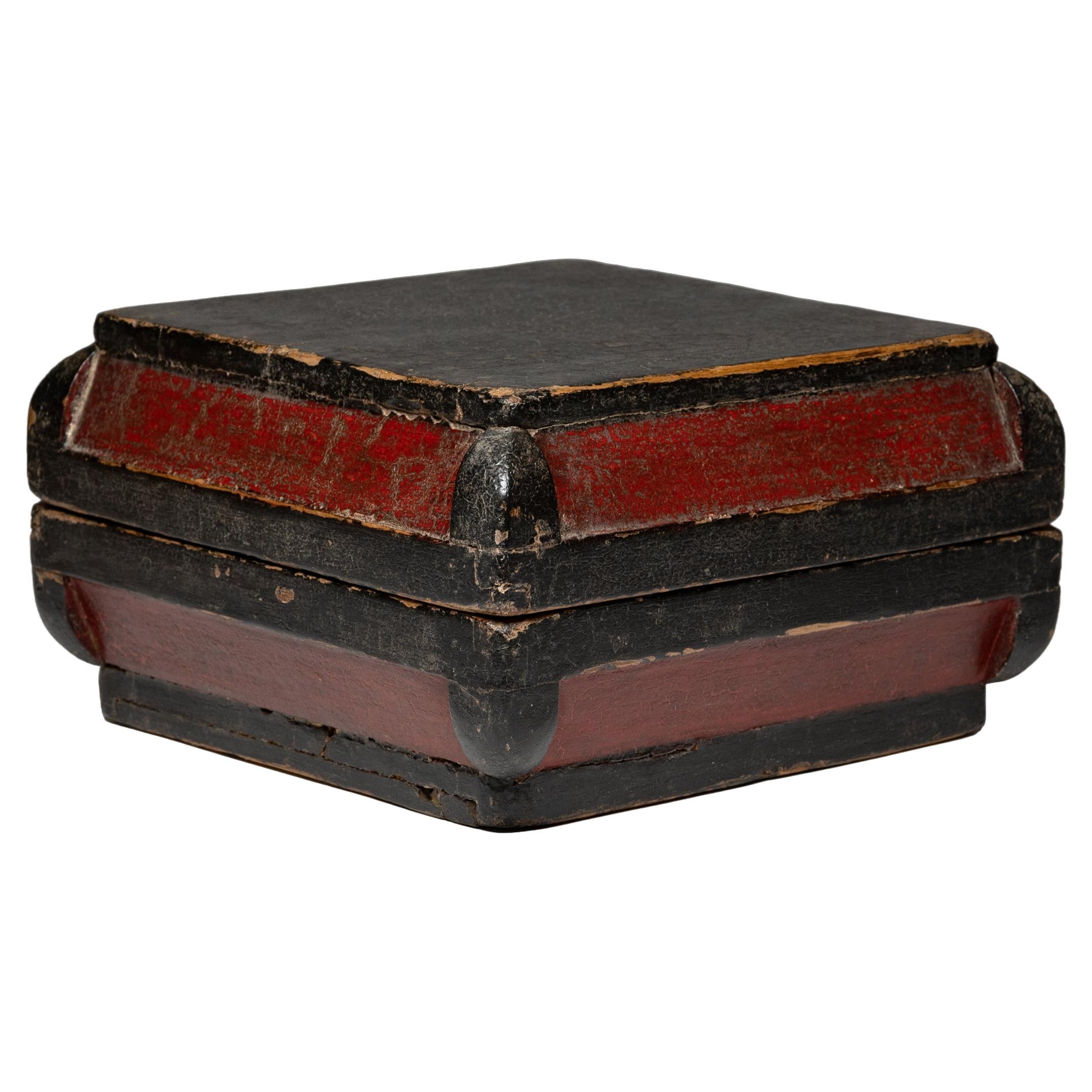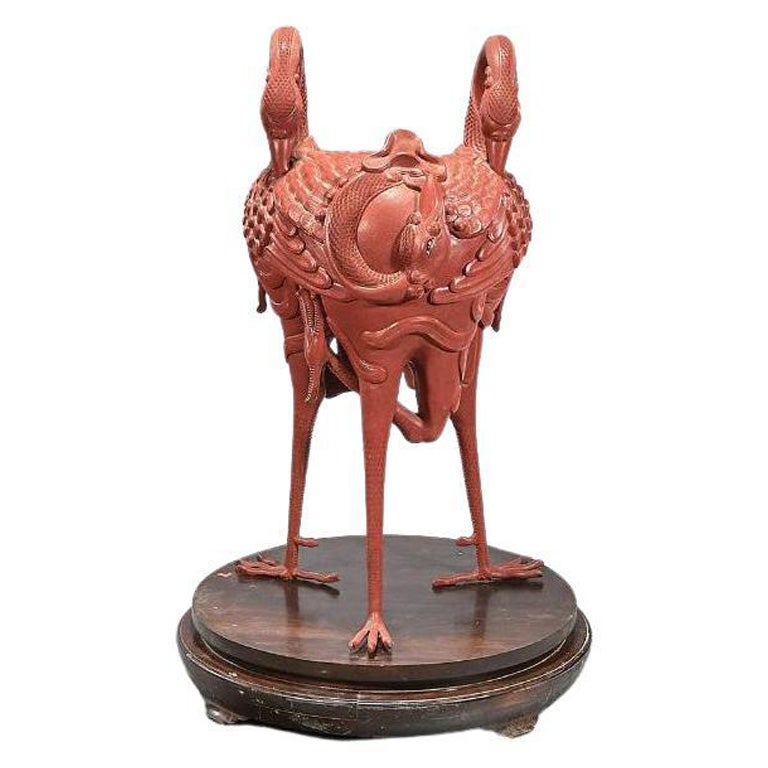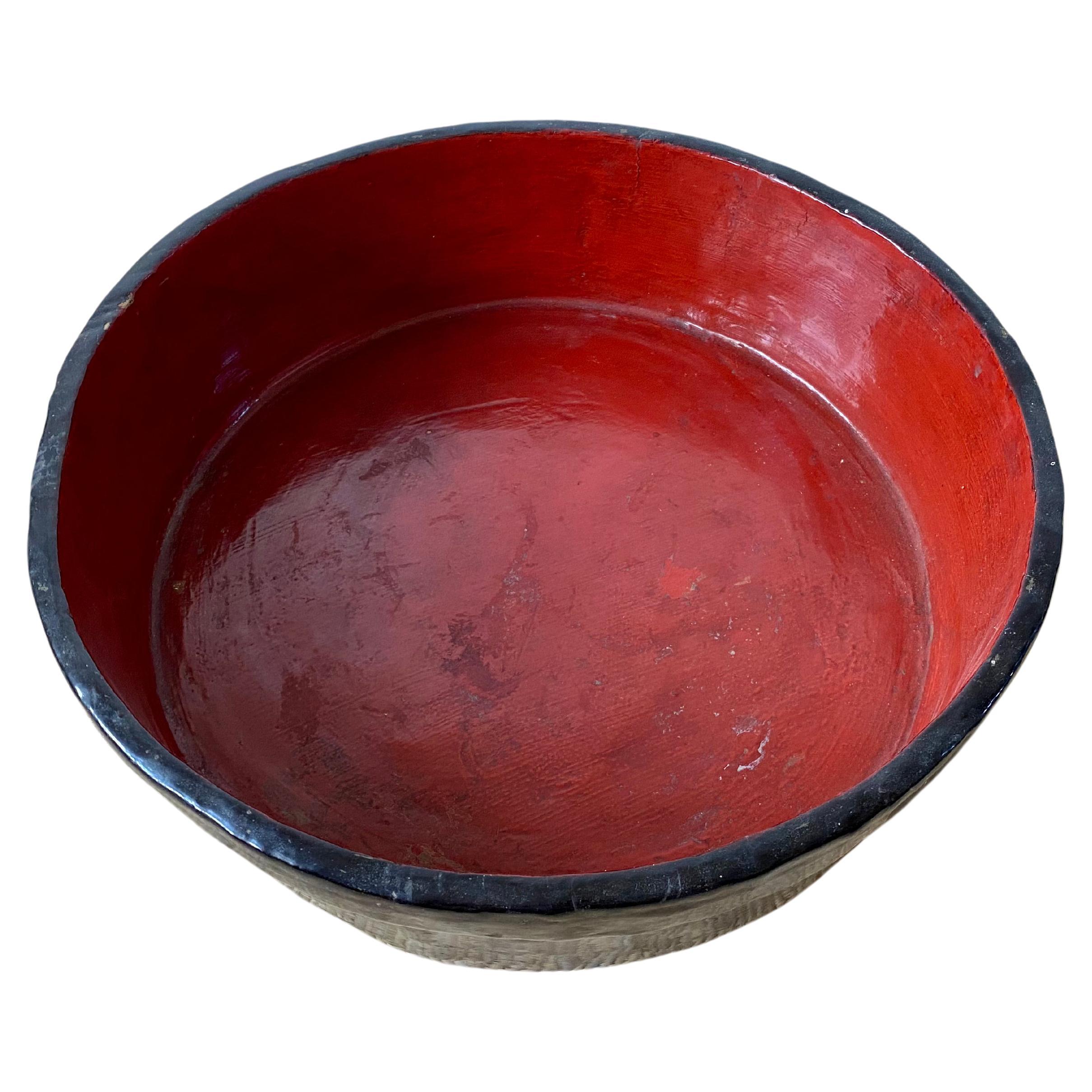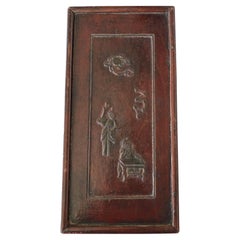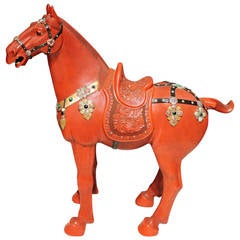
Very Large, Carved Chinese Red Lacquer Horse
View Similar Items
1 of 10
Very Large, Carved Chinese Red Lacquer Horse
About the Item
- Dimensions:Height: 37 in (93.98 cm)Width: 37 in (93.98 cm)Depth: 13 in (33.02 cm)
- Place of Origin:
- Period:
- Date of Manufacture:1940
- Condition:
- Seller Location:London, GB
- Reference Number:Seller: 4s101stDibs: LU108161968912
You May Also Like
- Antique Chinese Red Lacquer BoxLocated in Countryside, ILAntique Chinese red lacquer box This box measures: 14.5 wide x 14.5 deep x 8 inches high About Photos: We take our photos in a co...Category
Early 20th Century American Lacquer
MaterialsMalachite
- Early 20th Century Chinese Red Lacquer Decorated BoxLocated in San Francisco, CAEarly 20th century Chinese Red Lacquer decorated box. Relief carved top panel of an attendant and scholar. Fine finger joints on the box and lid. Inside top of the lid having Chinese...Category
Early 20th Century Chinese Chinese Export Decorative Boxes
MaterialsWood, Lacquer
- Rhino Contemporary Japanese Lacquer Art by Someya SatoshiLocated in Atlanta, GAJapanese Lacquer Rhino Sculpture by Someya Satoshi (1983-). A hand-molded lacquer sculpture that depicts a fantasy beast "Rhino". The artist uses century-old traditional techniques and symbols but with an innovative contemporary energy that borders mysticism, shamanism and surrealism. Found objects were equally treated as part of the meticulous designs as the elaborate Maki-e and shell inlays. According to the press of Honolulu Museum of Art: "Someya Satoshi has been described as “one of the most significant contemporary lacquer artists working in Japan today.” (Japan Times, 12 Dec. 2013) His work combines objects of daily use, such as bathing buckets, serving trays, and soup bowls, with a wide array of natural materials, including animal bones, horns and antlers, sand, stones, leaves and branches. In the process, he implements a range of traditional lacquer methods passed down from pre-modern eras, such as the kanshitsu or “dry lacquer” technique, the origins of which date to Japan’s Nara period (710–784). After creating his forms, he embellishes them with designs inspired by calligraphy, traditional Japanese textile patterns, and even contemporary manga or comic books. His work defies ordinary definitions of lacquer art and successfully challenges the perceived limits of this extremely difficult and, in some ways, most conservative of traditional Japanese art forms". His work was exhibited in US such as Honolulu Museum of Art, Minneapolis Institute of Art, Morikami Museum etc. For a complete resume of the artist, see the artist's page in Imura Art Gallery. Reference: For a very similar Bull Sculpture see Hard Bodies Contemporary Japanese Lacquer...Category
Early 2000s Japanese Japonisme Lacquer
MaterialsRope, Wood, Lacquer
- Chinese Carved Cinnabar Lacquer and Enameled Bowl Deer and ChrysanthemumLocated in West Palm Beach, FLClassic Vintage Chinese Carved Cinnabar lacquer and enameled bowl with deer and chrysanthemum motif from a Palm Beach estate.Category
Early 20th Century Chinese Chinese Export Decorative Bowls
MaterialsEnamel
- Chinese Cinnabar Lacquer CuspidorLocated in New Orleans, LAThis intriguing Chinese zhadou is intricately carved of fine cinnabar lacquer. A work of exceptional artistry, this covered bowl is adorned with an intricately carved floral motif on all surfaces, including the cover and the wide rim. Also known as a cuspidor or spittoon, this rare container would have been used by members of the imperial family and scholar- officials at the court. Carved during the Kangxi period (1662-1722), this charming piece exhibits the high detail and charm associated with items from that period, making it a true treasure, Early 18th century (Kangxi dynasty) Measures: 6 ¼” wide x 3 ¼” high Cinnabar has been revered for its color all over the world. It has been found in the royal burial chambers of the Mayas, in the rituals of India, and in the ruins of ancient Greece and Rome. In China, cinnabar and gold were the two most important elements in alchemy. Mined since the Neolithic Age, cinnabar is the ore of mercury, and as such, it can be incredibly toxic, especially when mining. In fact, during the Roman Empire, miners at Spain’s Almadén mine in Spain were frequently exposed to mercury fumes, and the subsequent, often fatal, sickness was considered an occupational hazard. The most popular known use of cinnabar is in Chinese carved lacquer-ware, a technique that is believed to have originated in the Song Dynasty, in which cinnabar is ground to a powder and added to clear lacquer. As with mining, there was inherent danger of mercury poisoning for those who carved the lacquer, as mercury was also released into the air when artisans ground the pigments. Most antique cinnabar...Category
Antique 18th Century Chinese Other Lacquer
MaterialsLacquer
- 19th Century 14.25‘’ Large Chinese Lacquer Sewing BoxLocated in Brea, CA19th century Chinese lacquer sewing box from the Qing Dynasty. Decorated beautifully all over with intricate designs and images of ancient C...Category
Antique 19th Century Chinese Qing Lacquer
MaterialsLacquer
Recently Viewed
View AllMore Ways To Browse
Lucite Mid Century Art
Gold Murano Sculpture
Vintage Wood Fish
Antique Green Lion
Antique Carved Wood Horse
Cast Bronze Lions
Murano Blue Sculpture
Murano Glass Blue Sculpture
Bronze Animal Head
French Hunt Furniture
Metal Elephant
Brass Head Sculpture
Midcentury Modern Statues
Glazed Lion
Antique Bronzes Sculpture Of Animals
Bronze Egg
Bronze Eggs
Black Dog Sculpture

